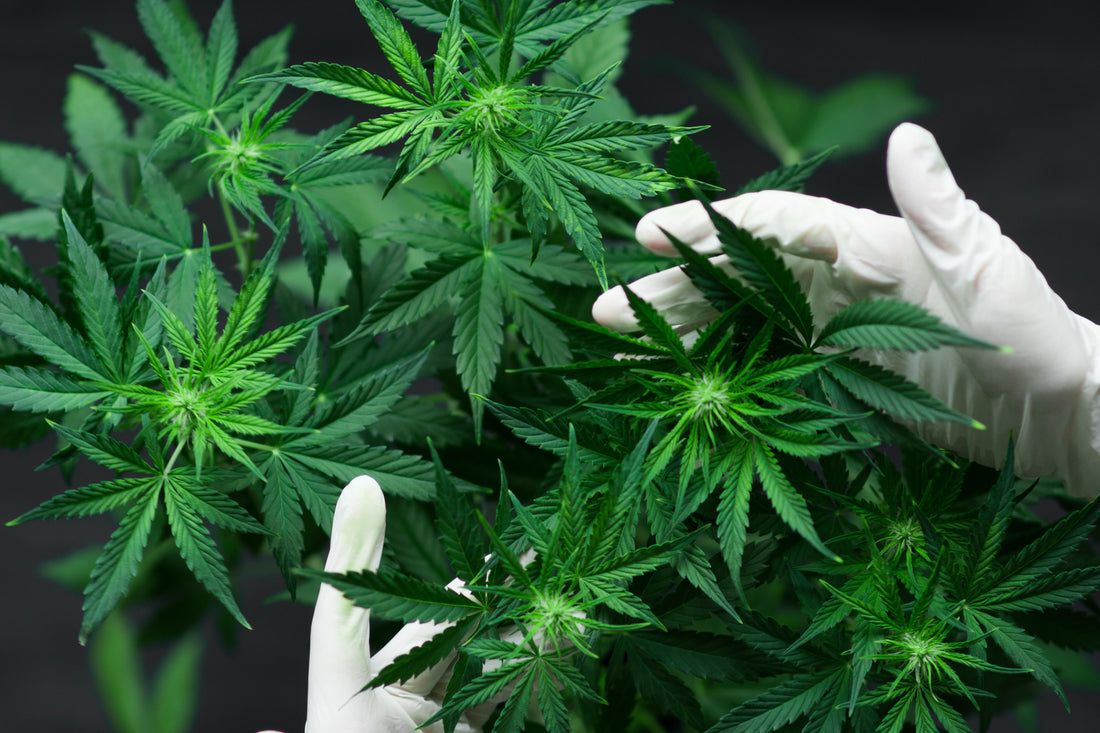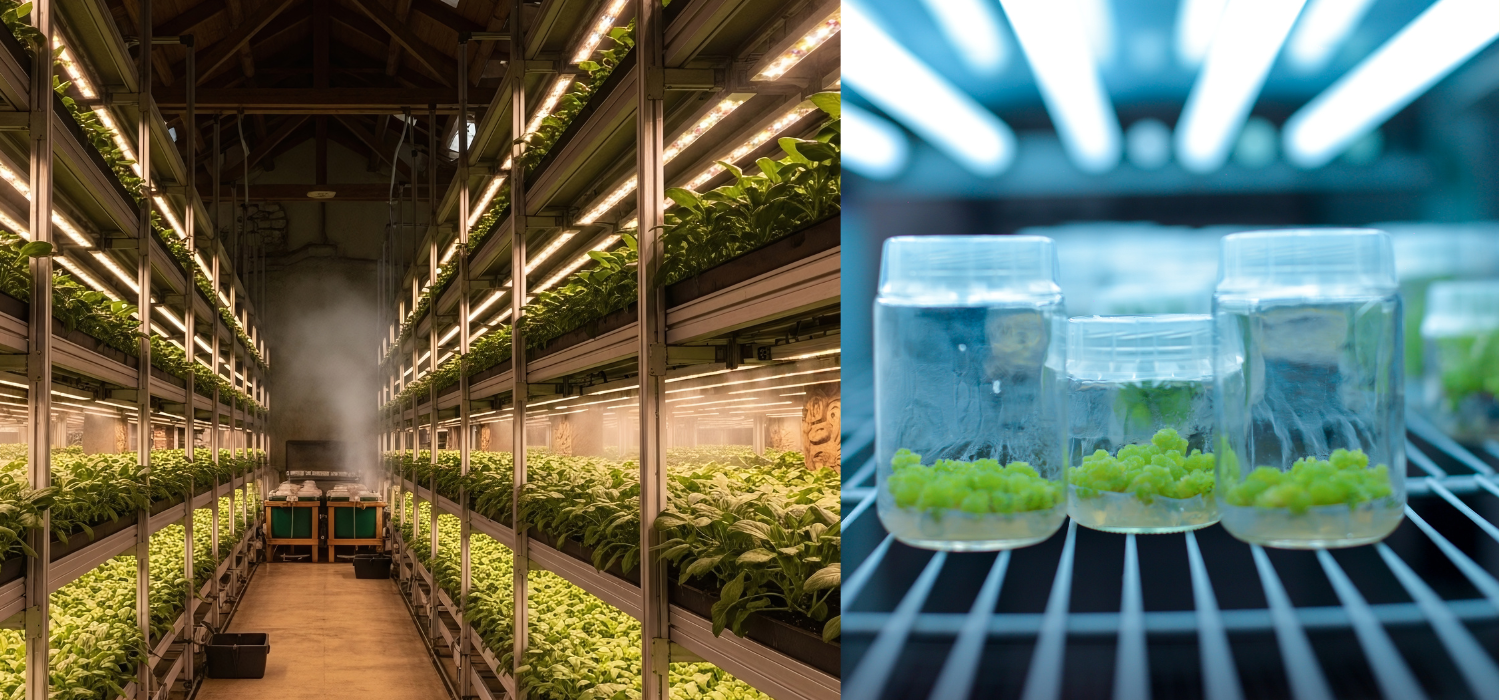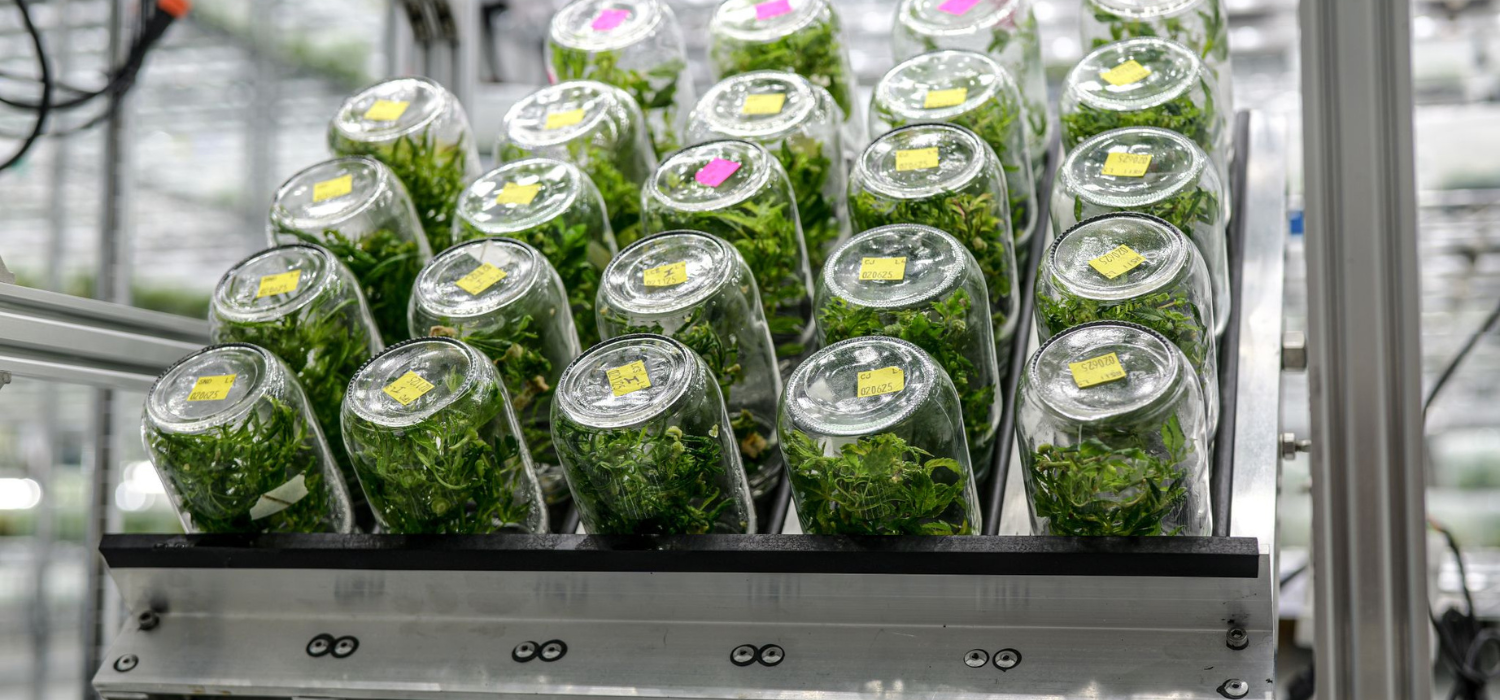
Six Facts On Cannabis Propagation

Do you know that the legal Cannabis market is expected to grow more than $20 million by the end of 2022? After the legalization of medicinal cannabis in more than 28 states of America and some other countries, the cannabis industry has been booming. The demands for its medicinal, industrial, and recreation products have been accelerating at a rocket speed.

Introduction
Do you know that the legal Cannabis market is expected to grow more than $20 million by the end of 2022?
After the legalization of medicinal cannabis in more than 28 states of America and some other countries, the cannabis industry has been booming. The demands for its medicinal, industrial, and recreation products have been accelerating at a rocket speed.
The research labs around the world are working towards developing effective techniques for cannabis propagation—that increase cannabis and secondary metabolite production and produce disease-free plants. The plant is also being tested by labs for its claimed medicinal uses, finding answers to the questions that if it can be used as a medicinal plant, if so how effective it is, what are the effective doses, what are possible side effects, how suitable it is for different age groups, and what are its long term effect.
Considering so much going around cannabis and its propagation, we’ve created this article to teach you some facts about the cannabis industry and its growing procedures. Additionally, it will also answer some common questions asked on the same. Let’s begin!
Facts on Cannabis and Its Propagation
- According to Marijuana Business Daily, the Cannabis industry employs between 125,000 to 160,000 full-time workers. And, by this year (2022), the addition of another 340,000 full-time jobs are expected to be added. There’s an estimated growth of 21% employment per year in this industry.
- Cannabis contains at least 120 active ingredients/secondary metabolites or cannabinoids. Among these, the most abundant ones are cannabidiol (CBD) and delta-9-tetrahydrocannabinol (THC). Some of these cannabinoids are considered to have potential in several medical applications, such as chronic pain, nausea and vomiting, and multiple sclerosis.
- Despite its popularity in the market, there’s very little known about the propagation of the plants. Cannabis growers face several challenges, including viral, bacterial, fungal infections, in growing these plants on a commercial scale.
- Though cannabis: hemp, and marijuana are used leniently conveying the same meaning, all three are different. Hemp and marijuana are closely related. They are referred to as high and low THC cannabis and are different by just a few genes. The concentration of the cannabinoids like delta-9-tetrahydrocannabinol (THC), the psychoactive compound responsible for the “high” often associated with Cannabis, and cannabidiol (CBD), a non-psychoactive sibling of THC is the major difference between cannabis, hemp, and marijuana. The marijuana variety has generally high THC by weight, ranging in between 15–30%, and the hemp variety has THC content less than 0.3%—legalized concentration by many states for medicinal uses.
- The cannabis plants are dioecious, meaning they have separate male and female plants. However, you must have heard that female cannabis plants are mostly preferred by farmers during the propagation of the plant. It’s because CBD is most concentrated on unpollinated female flowers.
When hemp is grown for CBD, an all-female field is critical since pollination significantly reduces crop value. Plant pollination can reduce hemp essential oil yield from 2 to 0.9 gallons/acre, a 56% reduction.
You can identify both male and female cannabis plants at the pre-flowering stage. In the early stages of flower development, female flowers have two white fuzzy hair-like structures that distinguish them from male flowers. The male flower is round, lacks white hairs, and is grouped in dense clusters.
- The only effective solution so far available to produce disease-free cannabis plants is by using tissue culture. However, due to regulatory restrictions in the past, the technique hasn’t been studied well. Only a limited tissue culture procedure is available that allows the propagation of disease-free cannabis at a commercial scale.
Many potential techniques such as thin cell layer culture and protoplast culture remain to be tested and developed for the plant. The work on combining genetic engineering tools and hairy root culture techniques is also a work in progress and a potential area that can offer effective solutions for commercial-scale cannabis propagation.
Choose Plant Cell Technology to Enhance Your Cannabis Tissue Culture Experience
To help the cannabis culturists with their tissue culture processes and help them to pass through the challenging phases, PCT is providing world-class consulting services.
The consulting services are available in two forms: one-on-one phone calls and on-site visits. So, if you need an instant solution for your specific challenges you can have a one-on-one call with our scientists and get your answers instantly.
However, if you are someone building a cannabis tissue culture lab or are already an established lab that is looking to train its staff or wants solutions for pathogen eradication in its commercial-scale plants, you can choose an on-site visit consulting service. Our team will visit your lab and will guide you through the whole process.
The services included in the on-site visits are:
- Blueprint, Budget, & Equipment: build and operate a successful tissue culture lab.Media Preparation: 2 sets of proprietary media preparation SOPs (4 in vitro shoot multiplication protocols and 5 in vitro rooting protocols along with coaching on how to conduct factorial trials).
- Micropropagation: how to select, surface sterilize, and induce nodes into media for removal of surface pathogens and in vitro cloning applications.
- Meristem Dissection: how to dissect apical meristem to remove viruses including HpLvd, Cannabis Cryptic Virus, Lettuce Chlorosis Virus, and more.
- Synthetic Seed and Cryopreservation: Long term genetic storage solutions.
- Pathogen Remediation by Media Amendments: how to remove viruses, systemic fungi, bacterial infections, and endophytes.
- Gender and Pathogen Screening by PCR: Eliminate male plants, identify cannabinoid ratios, and protect your mothers from pathogens and pests.
Blog Categories
View by Level
Popular Blogs

How Tissue Culture Supports Vertical Farming and Urban Agriculture?
Introduction If you've ever seen a large-scale vertical farm, with its towering racks of perfect, vibrant greens, you might wonder...
Read More
How Bioreactors Are Revolutionizing Large-Scale Micropropagation?
Introduction Have you ever wondered what the secret is to producing thousands, or even hundreds of thousands, of identical, healthy...
Read MoreSubscribe to Our Newsletter







Join the conversation
Your email address will not be published. Required fields are marked